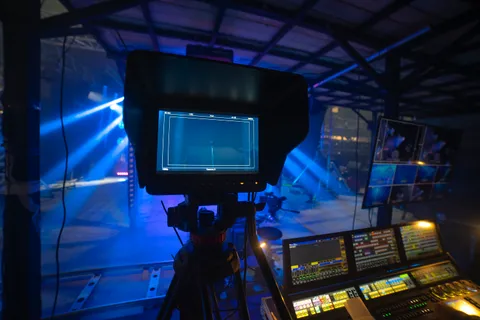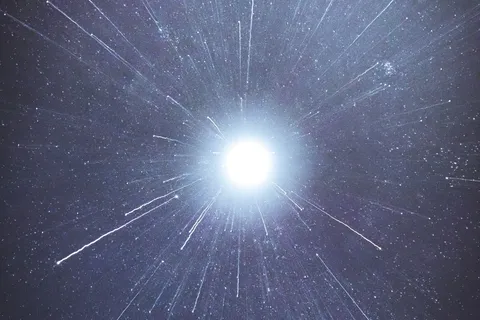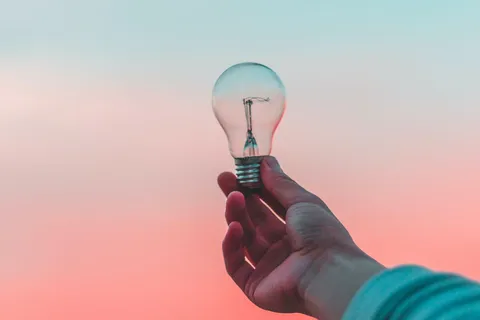In the world of video production, lighting is not just an essential component—it's a powerful storytelling tool. Whether you're shooting a commercial in a bustling Melbourne cafe or creating a short film in the serene Dandenongs, understanding and applying the right lighting techniques can dramatically elevate your final product. In this comprehensive guide, we delve into the key concepts, equipment, and tips to effectively utilize lighting for video production in Melbourne.
Understanding the Basics of Lighting
Lighting in video production goes beyond mere illumination. It sets the mood, directs the viewer's attention, and contributes to the visual aesthetic. Understanding these three key lighting techniques is the first step to mastering video production lighting:
1. Three-Point Lighting
This is a standard method used in visual media. It consists of three light sources: the key light, fill light, and backlight, each serving a unique purpose. The key light is the primary light source, the fill light eliminates harsh shadows produced by the key light, and the back light separates the subject from the background.
2. High-Key and Low-Key Lighting
High-key lighting is characterised by brightness, low contrast, and minimal shadows, often used to create an upbeat or positive mood. On the other hand, low-key lighting utilises strong contrast and dramatic clouds, creating tension or mystery.
3. Practical Lighting
Practical lighting refers to the light sources within the scene itself, such as a lamp or a candle. These not only contribute to the overall illumination but also add realism and depth to the shot.
Choosing the Right Lighting Equipment
Once you understand the techniques, the next step is selecting the appropriate equipment. Here are some types of lights commonly used in video production:
1. LED Lights
LEDs are versatile, energy-efficient, and offer adjustable colour temperatures. They're suitable for both indoor and outdoor shoots.
2. Tungsten Lights
Tungsten lights produce a warm, high-quality light similar to natural sunlight. They are perfect for indoor shoots but may require additional equipment like a dimmer or diffuser.
3. Fluorescent Lights
These lights are excellent for soft, diffused lighting with little to no shadows. They are best for indoor use, especially in interviews or studio settings.
4. HMI Lights
HMI lights are daylight-balanced, making them ideal for outdoor shoots or indoor scenes that need to mimic natural sunlight.
READ MORE :
Video Marketing Strategy: The Ultimate Guide
How to Create the Perfect Promo Video
Lighting Tips for Melbourne Video Productions Video Production Melbourne
While lighting principles remain consistent worldwide, producing videos in Melbourne presents unique opportunities and challenges. Here are a few Melbourne-centric tips:
1. Capitalize on Natural Lighting
Melbourne is known for its rapidly changing weather. Seize the golden hours – early morning and late afternoon – to capture scenes with beautiful, diffused sunlight
2. Understand the Location
Whether you're filming in the bustling CBD or tranquil Yarra Valley, study your location beforehand. Consider factors like natural light sources, weather patterns, and potential reflections.
3. Lighting Equipment Rental Services
Renting lighting equipment is a cost-effective solution for many videographers in Melbourne. Companies like Michaels Camera and Dragon Image offer a wide range of equipment to cater to your specific needs.
Understanding and utilizing the power of lighting in video production can make all the difference in the final output. With the knowledge of lighting techniques and equipment outlined in this guide, you are well on your way to creating visually stunning videos in Melbourne. Video Production Melbourne
Seeking more than just a video? Envision content that engages, resonates, and fuels your revenue growth. Step into the world of Video Production in Melbourne, Adelaide, and Sydney with Vimi, where we blend cinematic aesthetics with a keen business strategy.






